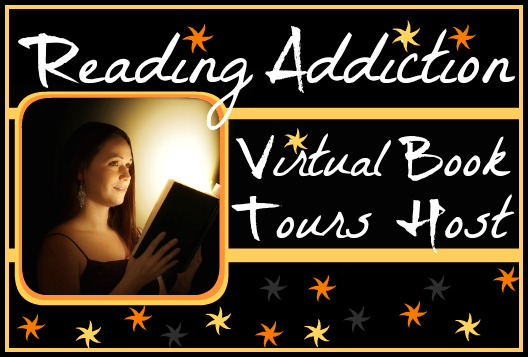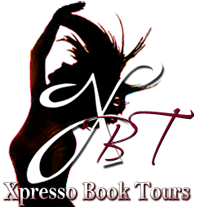
- Paperback: 246 pages
- Publisher: Unsolicited Press (January 31, 2017)
“Anne Leigh Parrish’s third collection is both a charm and a gem, a vividly imagined work that introduces us to genies hidden in spare tires, Virgin Mary images concealed inside body parts, and Jewish professors disguised as Calvinists in small-town South Dakota. In stories that are crisp and poignant, yet told with a hint of wonder, Parrish captures the details of domestic life with its inexorable echoes of childhood and its family vortices. Rich and nuanced, conjuring up the spirits of Muriel Spark and Henry Green, By the Wayside belongs very much at the center of our literary road.” — Jacob M. Appel, author of The Topless Widow of Herkimer Street.
“Anne Leigh Parrish is one of the best of a new wave of American short story writers reinvigorating the form. Many of these writers specialize at flash fiction– a genre at which Parrish is a master. She also, however, excels at stories of more traditional length. Her tales, long or short, are highly readable but also convey intelligence and meaning. Few writers today create as much compassion for their characters, or draw as much emotion from their situations, as does Anne Leigh Parrish.” – Karl Wenclas, Editor, New Pop Lit.
.
Purchase LinksAmazon | Books-A-Million | Barnes & Noble

Anne Leigh Parrish is the author of All the Roads That Lead From Home, stories (Press 53, 2011); Our Love Could Light The World, stories (She Writes Press, 2014); and What Is Found, What Is Lost, a novel (She Writes Press, 2014). Her new novel, Women Within, is forthcoming from Black Rose Writing in September 2017. Find Anne on Facebook, Twitter, and her website.
.
Connect with Anne
Website | Facebook | Twitter
Short Stories: My First Love
Anne Leigh Parrish
Young writers tend to focus on novels as the grand achievement. And I suspect that most of us began our reading lives with novels in hand. While I read my share of novels as a girl, stories drew me closer, and for years, that’s all I wrote.
My father had a particular passion for Sherwood Anderson’s story cycle, Winesburg Ohio. My father’s people hailed from that state; he went on to graduate from the University of Illinois, and while he made the rest of his life in the east—Cambridge, D.C., and for over fifty years as a professor of English at Cornell—his midwestern roots remained strong. Maybe that’s why he loved Anderson so much.
I read Anderson. I read Hemingway. I read O. Henry; Eudora Welty; Katherine Mansfield, all masters of the short form. I learned that value of a life glimpsed, as if from the window of a slowly moving train. A gesture you try to put in context, such as a woman unpinning laundry from a line who for a few moments stands stock still, as if something momentous has occurred to her—that’s how stories begin in an author’s mind.
You just fill in the blank space around that moment. At least, that’s how I approach the problem of writing a short story. And I say “problem,” because to me writing is a study in finding solutions, not necessarily resolutions. This is an important idea, I think, because fiction shouldn’t resolve anything. Its only job is to let the reader recognize truth.
In a short story, a character is revealed. In a novel, a character develops. This is function of space, specifically depth. A reader spends much more time in the fictional world of a novel than she does with a story. A story must be efficient, hard-hitting, ultimately swift.
Stories are powerful, when done right. You’re in their grip until the author lets you go. You don’t have much time to reflect on what’s happened until after you close the book and put it down. Good stories will hang in the mind a long time, refusing to be forgotten.
Reading a collection of short stories can feel like spending time walking around the museum gallery devoted to one particular painter. Here, the obsession is the color blue, or sunlight, or parasols. There’s a progression, a developing aesthetic. Stories in a collection follow an arc, much the way a single story does, all held together by a consistent—if slightly varying—sensibility.
My collection, By The Wayside, is all about women, what they endure, what they conquer, and what more often than not conquers them. They’re well-off or poor, hammering out a career, or thrust suddenly into a position of domestic responsibility. There’s magic here, too, born of desire, truths that won’t be denied, flights of fancy that lift the soul before dashing it. What I hope is most present, though, is the value of self-determination in the face of overwhelming odds. I can’t think of a better way to define the female experience.
If you’re new to short stories, or have been reading them for years, I think By the Wayside will offer something tangible that survives beyond the page. That’s my hope, at any rate. Please let me know if you agree.







 RSS Feed
RSS Feed



